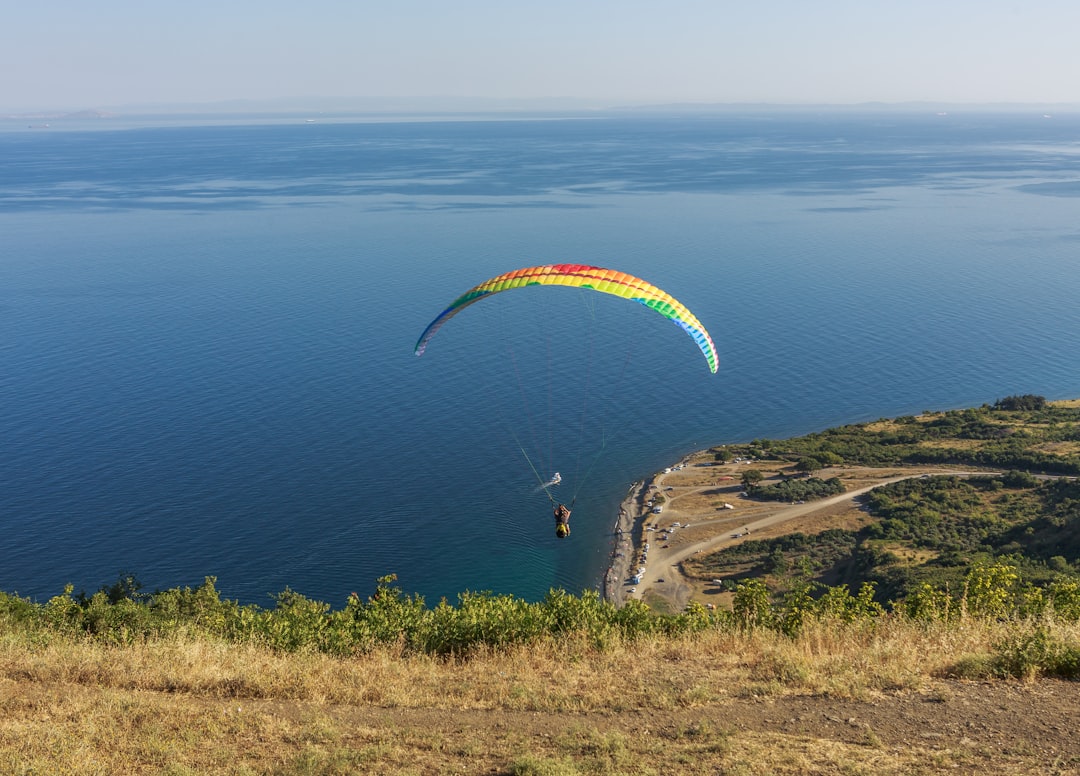
How to Plan the Perfect Itinerary for Your Travels.
# Introduction. Planning a perfect itinerary is essential for maximizing your travel experience. A well-crafted itinerary not only enhances the enjoyment of your trip but also minimizes stress and missed opportunities. This blog post will guide you through the steps necessary to create an engaging and practical travel itinerary, ensuring that you make the most out of every moment. # Understanding Your Destination. Before diving into the details of itinerary planning, it’s vital to understand your destination. Research the culture, history, and local attractions of the place you plan to visit. Resources like travel blogs, online forums, and guidebooks can provide insights about best local practices. Identify must-see landmarks, hidden gems, and local experiences that will leave you with unforgettable memories. # Setting Priorities and Goals. Once you have a grasp on what your destination offers, it’s time to set priorities. Determine what is most important for your trip. Are you looking for a relaxing beach vacation, an adventure-filled getaway, or an art and culture exploration? Make a list of activities or sites that resonate most with your travel goals. Prioritizing these will help you decide how to allocate your time and energy effectively. # Creating a Daily Schedule. With your priorities in place, the next step is to create a daily schedule. Consider factors like travel time, opening hours of attractions, and time for meals or relaxation. A flexible format is essential; don’t over-schedule yourself, and leave room for spontaneity. Break your itinerary down into each day, noting what activities you’ll undertake, when, and where. Particularly ensure that you include transport time, and add a buffer in case of delays. # Choosing Accommodation and Transport. Accommodation plays a crucial role in any itinerary. Make sure to choose lodging conveniently located near attractions or transportation hubs. This minimizes travel time and allows easy access to your planned activities. Additionally, consider transport options within your destination—walking, public transport, or rental vehicles—and plan accordingly to adhere to your daily schedule. # Food and Dining Options. Local cuisine often features prominently in the travel experience; hence, it’s essential to plan where to eat. Research local dining options, ranging from street food to fine dining, and make reservations if necessary, particularly for popular places. Consider incorporating food tours as part of your itinerary, as these can provide immersive experiences that heighten your understanding of the local culture. # Planning for Flexibility. While planning is vital, flexibility can enhance your adventure. Sometimes discovering unexpected local activities, triggering spontaneous decisions, or simply needing a rest is essential for your well-being. Make sure to build free time into your schedule so you can adapt and enjoy unexpected experiences. # Conclusion. Creating the perfect itinerary requires a balance of preparation and the willingness to embrace spontaneity. By understanding your destination, setting priorities, crafting a daily schedule, and ensuring you are flexible, you can design an itinerary that enhances your travel experience. Whether you’re traveling solo, as a couple, or with family, a well-planned itinerary makes all the difference in ensuring a memorable journey. .







